Overview
The Town of Slave Lake received $80,000 for the completion of a Climate Risk and Vulnerability Assessment.
This project was funded by the Government of Alberta, through the Municipal Climate Change Action Centre’s Climate Resilience Capacity Building Program.
Approach
The Town of Slave Lake is located two and a half hours northwest of Edmonton and is at the southeastern tip of Lesser Slave Lake. Characterized by many as “The Jewel of the North,” Slave Lake is a progressive, dynamic town and one of Canada’s ten youngest communities.
The purpose of this assessment was to conduct a climate-based risk analysis for the Town’s infrastructure and to summarize the highest-priority climate risks.
The Town engaged with Associated Engineering and All One Sky Foundation to complete the Plan. The PIEVC High Level Screen Guide process was used to assess municipal assets and services.
Multiple workshops were held with Department heads and staff members from Operations, Utilities, Parks & Facilities, and Community Services to gather data about existing systems and to determine the risks associated with each system. The risk rating exercises for each asset system were completed collaboratively.
The assessment considered direct impacts to Town assets, direct services losses, and indirect effects such as impacts on employees’ ability to work. Assets and areas included in the scope were water; wastewater; stormwater; solid waste; airport; buildings/facilities; roads; parks, trails, sports field; and fleet.
The project scope also included a community-wide risk assessment, examining the risks to non-municipal assets and services, the local economy, and the health and well-being of residents.
Results
Based on the climate model projection data for the Slave Lake area, some climate hazards are showing an increasing trend into the future.
The largest shifts are for extreme heat (days above 30C), number of cooling days, frost-free season, and annual total precipitation. These climate hazards are expected to increase in likelihood in the future.
Other climate hazards including lightning, hail storm, wildfire, drought, and high winds are also expected to increased in frequency.
Benefits
The results of the plan equip the Town with an understanding of which areas and facilities will benefit from additional assessment.
The outcomes will support the Town in future efforts to increase public awareness of climate change impacts, strengthen the resilience of Town buildings, and improve emergency response.
The program funding allowed us to review the impact of a changing climate on the critical infrastructure and well-being of community members. The risk assessments along with adaptation planning would put the municipality in a better position to mitigate and build resiliency against the adverse outcomes of a changing climate.
Kush Patel, Project Manager
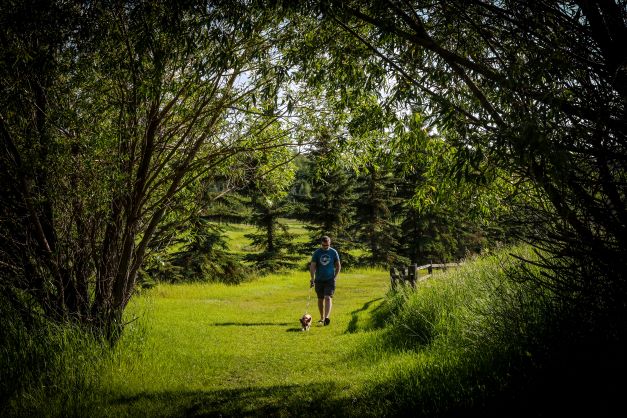
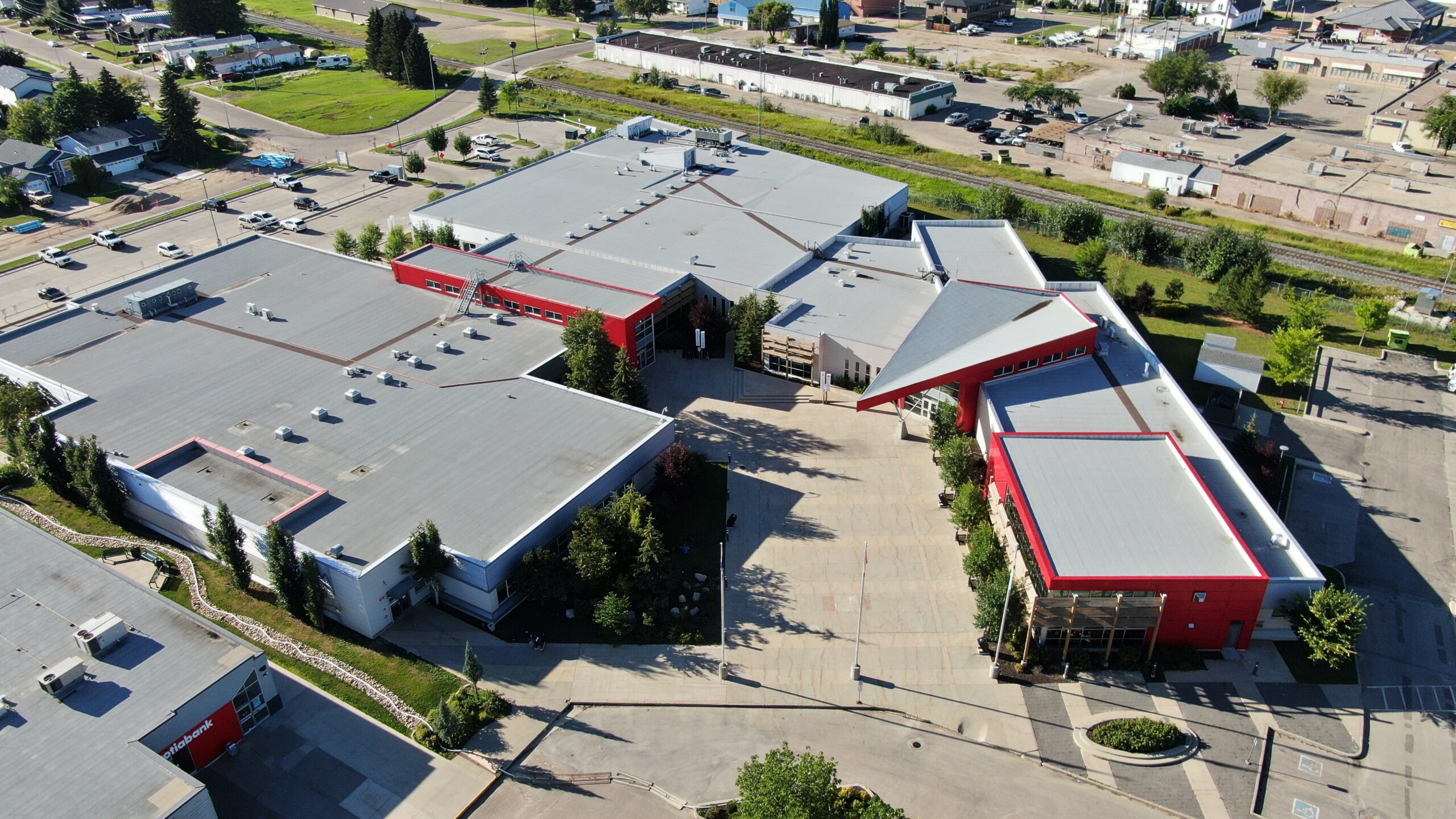
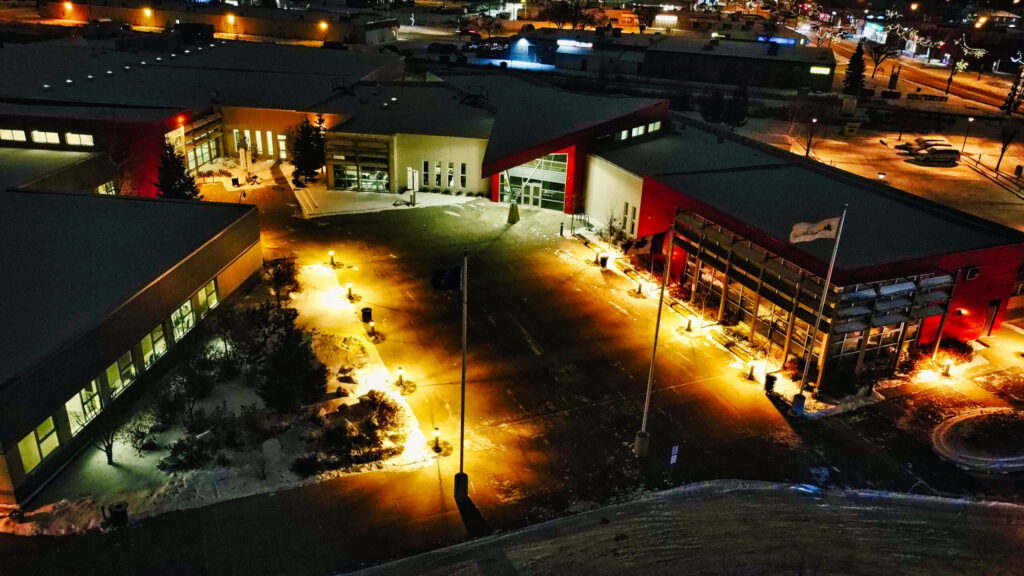
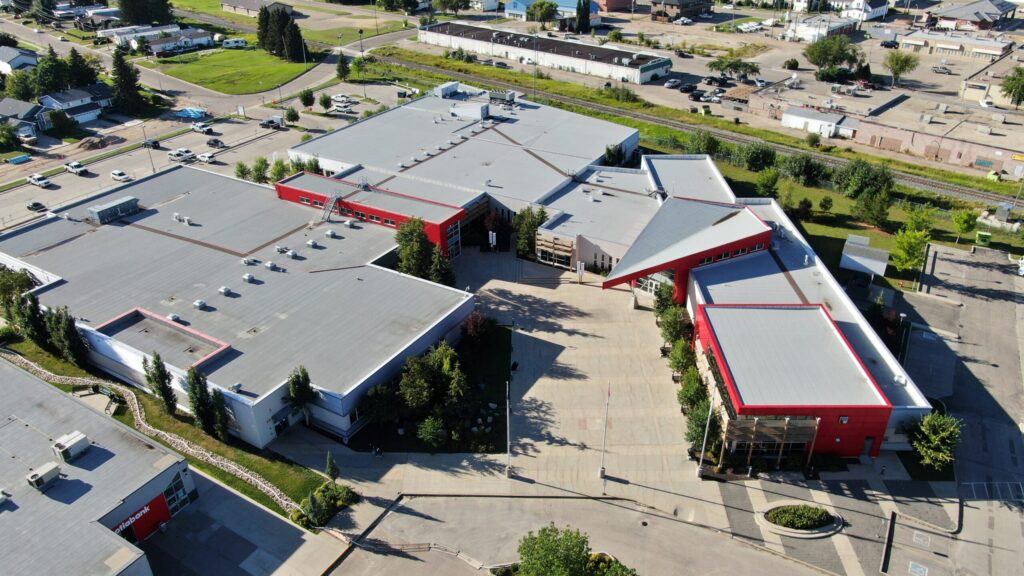
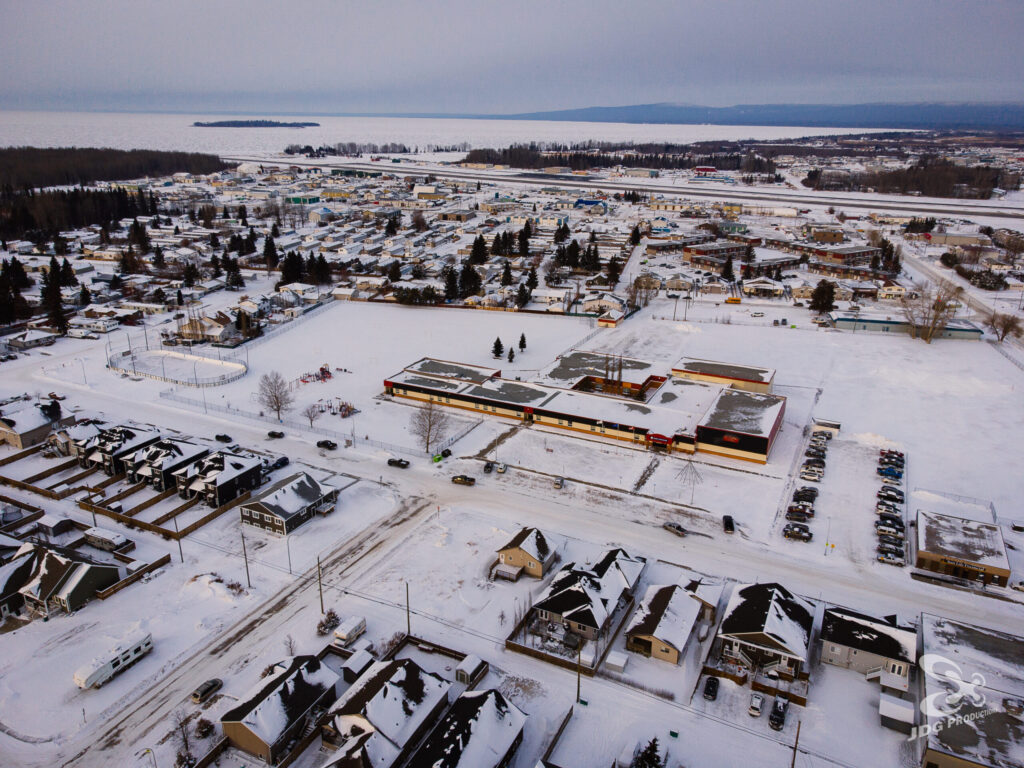

You must be logged in to post a comment.